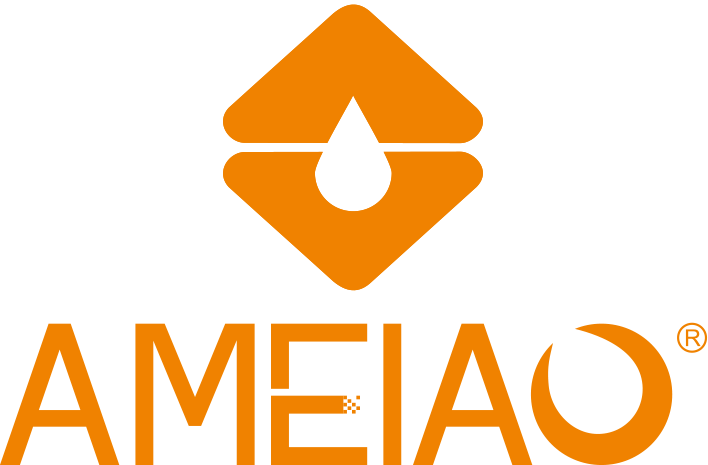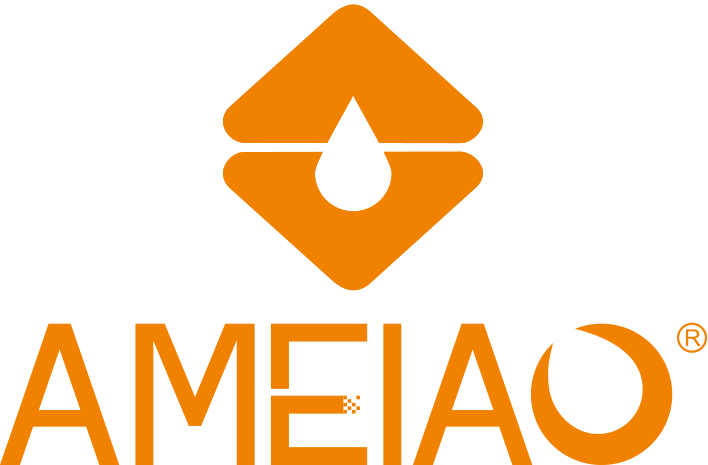What Is the Difference Between Farmhouse and Apron Sinks?
When it comes to Kitchen Sink design, few styles are as distinctive and elegant as farmhouse and apron-front sinks. Though the terms are often used interchangeably, they represent subtle differences in structure, installation, and style. Understanding these distinctions helps homeowners and designers select the right option to complement their kitchen layout and functionality.
1. Overview of Farmhouse and Apron Sinks
Both farmhouse and apron sinks feature a deep, exposed front panel that creates a visually striking centerpiece. However, a farmhouse sink refers to the overall design style, while an apron sink describes the structural feature—specifically the exposed front that extends beyond the edge of the countertop.
Farmhouse sinks originated in traditional European farm kitchens, designed for practicality and easy access. Their large basins accommodate heavy washing tasks, while the forward-facing design reduces bending strain. Apron sinks, on the other hand, evolved as a modern refinement of the farmhouse concept, emphasizing a seamless front reveal that integrates beautifully with various kitchen materials like marble, quartz, or granite countertops.
2. Design and Structure Differences
The most visible distinction lies in the front panel and installation depth.
A farmhouse sink typically sits slightly lower than the countertop, offering a recessed look. It can come with a variety of mounting options, including undermount or flush installations. Apron sinks, in contrast, feature an exposed front apron that extends beyond the cabinet face, adding a sculptural, bold aesthetic.
| Feature | Farmhouse Sink | Apron Sink |
|---|---|---|
| Front Exposure | Partial or concealed | Fully exposed apron front |
| Installation Style | Often undermount or flush | Typically front-exposed and integrated |
| Cabinet Fit | Requires custom cabinetry | Requires cutout for apron front |
| Design Focus | Traditional and rustic | Modern or transitional |
| Material Variety | Fireclay, cast iron, stainless steel | Stainless steel, fireclay, granite composite |
In general, farmhouse sinks prioritize depth and usability, while apron sinks focus more on aesthetic prominence. Both offer large basins, but apron-front designs tend to be slightly shallower at the back, allowing for ergonomic comfort during long dishwashing sessions.
3. Installation and Compatibility
Farmhouse sinks require specific cabinet support, as their weight is greater than that of a standard kitchen sink. Installation involves positioning the sink before countertop fabrication to ensure a perfect fit. Apron sinks, while similar in preparation, demand more precision for the front-facing cutout that showcases the apron panel.
For remodels, apron sinks are often favored because they can fit into existing cabinetry with minimal structural changes if the design allows. Farmhouse sinks, by contrast, are best suited for custom or new kitchen builds, where cabinet and countertop alignment can be planned in advance.
Moreover, material choice plays an important role in installation. Stainless steel farmhouse sinks are lighter and easier to handle, while fireclay or cast-iron versions require reinforced base cabinets due to their weight.
4. Aesthetic and Functional Considerations
Visually, farmhouse sinks bring a sense of heritage and comfort to kitchens, evoking country or vintage charm. Their curved edges and soft lines pair well with rustic wood tones and classic shaker-style cabinets. Apron sinks lean toward sleek modernity, often finished with sharp corners and brushed metal surfaces that fit minimalist or industrial kitchens.
From a functional perspective, both sink types provide ample workspace. Their deep basins are ideal for washing oversized pots, baking sheets, and even produce. However, apron sinks add an ergonomic edge—by eliminating the countertop barrier, users can work closer to the basin, reducing back strain.
Noise reduction is another key advantage of both designs, especially when made from dense materials such as fireclay or composite granite. Stainless steel models often incorporate sound-deadening pads for quieter operation, a feature seen in high-quality designs from brands like AMEIAO, which offers a range of durable stainless steel apron-front and farmhouse sinks designed for both beauty and longevity.
5. Maintenance and durability
Maintenance varies depending on the material. Fireclay farmhouse sinks resist scratches and stains but require gentle cleaning with non-abrasive products to preserve their glossy finish. Stainless steel apron sinks, such as those offered by AMEIAO, are prized for their corrosion resistance and easy upkeep. They handle high temperatures, daily washing, and hard water exposure without losing their luster.
The exposed front panel of an apron sink may be prone to water splashes, so proper sealing around the edges is crucial to prevent moisture from seeping into the cabinetry. Regular wiping helps maintain a spotless appearance and ensures longevity.
6. Choosing Between Farmhouse and Apron Sinks
Selecting between a farmhouse and an apron sink depends on both design goals and practical needs.
Choose a farmhouse sink if you prefer a traditional or rustic look with a deep single-bowl basin ideal for heavy-duty cleaning.
Opt for an apron sink if you want a stylish, modern focal point with ergonomic benefits and a seamless front aesthetic.
Both styles can significantly elevate kitchen appeal and value. For buyers seeking a blend of function, design, and durability, AMEIAO provides a complete collection of stainless steel farmhouse and apron sinks that integrate precision engineering with modern craftsmanship—ideal for contemporary homes, restaurants, and interior renovation projects.
Conclusion
The difference between farmhouse and apron sinks lies not only in form but also in the emotional tone they bring to a kitchen. Farmhouse sinks emphasize tradition, warmth, and generous space, while apron sinks showcase design sophistication and modern ergonomics. Whether your goal is to craft a timeless rustic kitchen or a sleek contemporary space, choosing the right sink will set the foundation for lasting beauty and performance.
For homeowners and designers looking for high-quality options, AMEIAO’s stainless steel sink collection offers the perfect balance between functionality and visual impact, ensuring your kitchen remains both practical and inspiring for years to come.
Previous: What Is a Top Mount Sink?



 Mobile Phone:
Mobile Phone:


